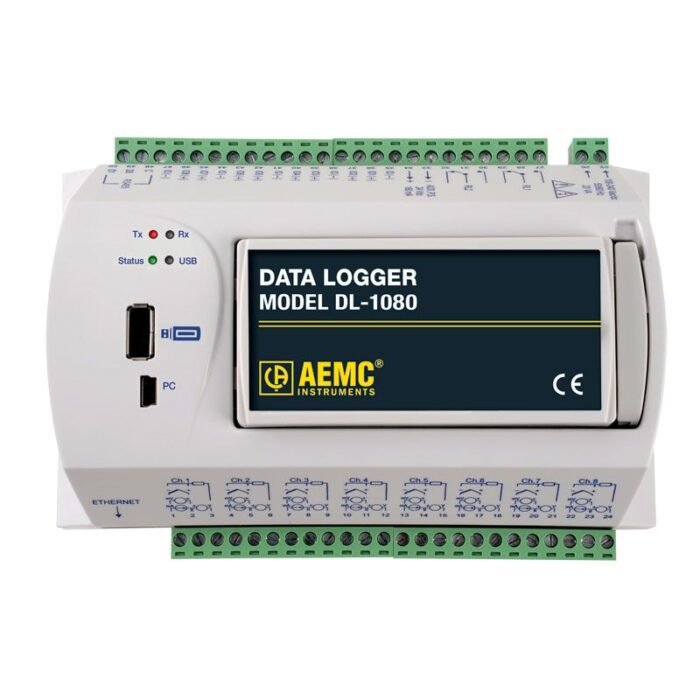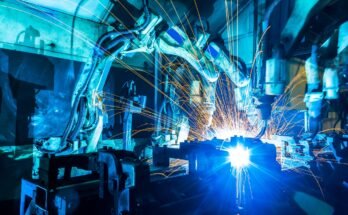A data logger is a device that records data over time. This information can then be used to make better business decisions. For example, you can use a data logger to track the temperature of a product while in transit. This will help you to determine the best way to transport your product and ensure that it arrives at its destination in the best condition possible. In this blog post, we will discuss how data loggers can help your business and provide some examples of how they can be used.
What is a data logger?
A data logger is a device that records data over time. This data might include variables such as temperature, humidity, motion or light. Data loggers come in all shapes and sizes, but they all have one purpose: to record data. Businesses can use data loggers to track all sorts of things, from warehouse temperatures to employee productivity. By using data loggers, businesses can get a better understanding of what is happening in their business and make changes where necessary.
Why use a data logger?
A data logger is a handy tool for businesses to collect and track data. Data loggers come in many different shapes and sizes, but all of them do one thing—record data. This data can be anything from temperature readings to the number of products sold in a day. By tracking this data, businesses can get a better understanding of how their business is doing and make changes as needed. For example, if the data shows that sales are slow on Tuesdays, the business could decide to run a promotion on that day. Or, if the data shows that the store is too hot, the business could adjust the thermostat. Having accurate and up-to-date data is essential for any business to make informed decisions.

How to use the data logger?
Now that you know what a data logger is and what it can do for your business let’s take a look at how to actually use it. First things first, you’ll need to instal the logger on whatever you want to track. This could be anything from machinery in a factory to environmental data like temperature and humidity. Once it’s installed, you can start collecting data.
The data collected by the logger can then be accessed and analysed using software or a dedicated data analysis tool. This is where the real insights come in – with the right analysis; you can identify problems, trends and opportunities that you would never have noticed before. With the help of a data logger, you can make better decisions about how to run your business and improve your bottom line.
How to choose the right data logger for your business
The most important factor to consider when choosing a data logger is the type of data you want to collect. There are a variety of loggers on the market that can measure different environmental conditions, so it’s important to select one that will capture the data you need. Once you’ve determined the right type of data logger, you’ll need to decide what features are most important to your business. For example, if you need to track temperature and humidity levels, you’ll want a logger with those capabilities. If you’re looking for a general-purpose logger that can be used for a variety of applications, there are models that offer a wide range of features. Another thing to consider is the size and portability of the logger. Some models are small and easily portable, while others are larger and more suited for stationary applications.
Common features of data logger
A data logger is a device used to collect and store data. They come in a variety of shapes and sizes, but the most common features include the ability to measure temperature, humidity, light levels, and sound levels. Data loggers can be used for a variety of purposes, such as monitoring a machine’s performance, tracking inventory in a warehouse, or studying the environment in a lab. By understanding the common features of data loggers, you can choose the right one for your specific needs.
Wrapping up,
A data logger is a valuable tool for businesses of all sizes, as it allows you to track and analyse data in a way that can help you make better decisions for the future of your company. By understanding what is happening with your business in real-time, you can save money, make more informed choices, and improve your bottom line.



